As 2020 draws to a close, the global economy stands at a crucial juncture, facing a confluence of factors that could potentially lead to a looming recession. Investors, policymakers, and the public are closely watching as concerns about higher inflation, central bank tightening, and an inverted yield curve become more pronounced.
Inflation on the Horizon:
The specter of rising inflation has gradually become a focal point for economists and financial analysts. While central banks have kept interest rates historically low to stimulate economic growth in the face of the COVID-19 pandemic, there are growing concerns that these accommodative measures may pave the way for an uptick in inflation. Fiscal stimulus, coupled with disrupted supply chains and increased demand for goods and services, could contribute to inflationary pressures.
Central Bank Tightening:
In response to the potential threat of inflation, central banks may find themselves in the delicate position of having to tighten monetary policy. This could involve raising interest rates to curb inflation, a move that, while necessary for economic stability, comes with its own set of challenges. Higher interest rates can dampen consumer spending and business investments, putting a brake on economic activity.
The Inverted Yield Curve Warning:
One of the most closely watched indicators of an impending recession is the yield curve. Traditionally, an inverted yield curve—where short-term interest rates exceed long-term rates—has often been a harbinger of economic downturns. It suggests that investors are concerned about the near-term economic outlook and are demanding higher returns on short-term investments. Historically, an inverted yield curve has preceded several recessions.
Connecting the Dots:
The potential scenario of higher inflation, central bank tightening, and an inverted yield curve raises red flags for economists. If not managed carefully, this combination of factors could create a perfect storm that triggers an economic downturn.
Potential Impacts:
Consumer Spending: Higher interest rates could lead to increased borrowing costs for consumers, affecting spending on big-ticket items like homes and cars.
Business Investments: Companies may scale back on investments due to higher borrowing costs, impacting overall economic growth.
Unemployment: A slowdown in economic activity could result in job losses and increased unemployment rates.
Market Volatility: Financial markets are likely to experience increased volatility as investors react to changing economic conditions.
Mitigating the Risks:
To navigate these potential risks, policymakers will need to strike a delicate balance. Central banks must remain vigilant in their efforts to control inflation without stifling economic growth. Fiscal measures, such as targeted stimulus and infrastructure spending, could play a crucial role in supporting economic recovery.
Conclusion:
As we stand on the precipice of a new year, the global economy faces challenges that demand thoughtful and proactive responses. By closely monitoring inflation, implementing prudent monetary policy, and addressing the signals from the yield curve, policymakers can work to steer the ship away from the storm and towards calmer economic waters. In the coming months, the world will be watching closely to see how these dynamics unfold and what measures will be taken to safeguard against the looming specter of recession.

![OpenAI. (2025). ChatGPT [Large language model]. https://chatgpt.com](https://www.illustratedcuriosity.com/files/media/55124/79bc18fa-f616-4951-856f-cc724ad5d497-560x416.webp)
![OpenAI. (2025). ChatGPT [Large language model]. https://chatgpt.com](https://www.illustratedcuriosity.com/files/media/55099/2638a982-b4de-4913-8a1c-1479df352bf3-560x416.webp)
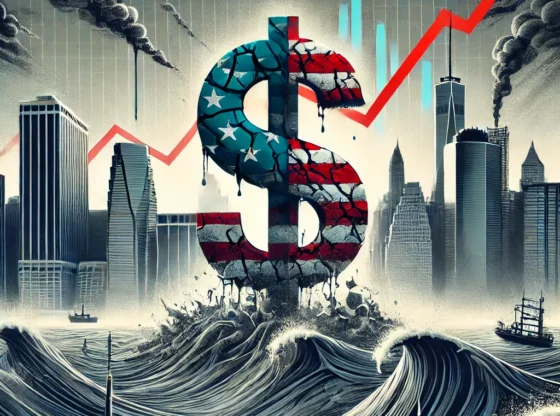
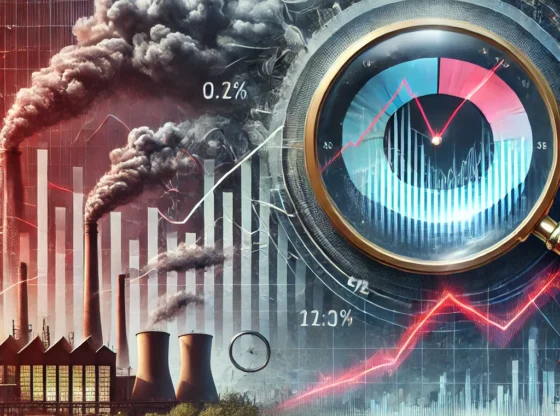
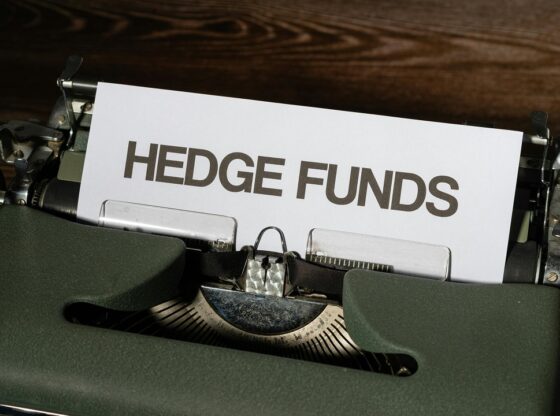

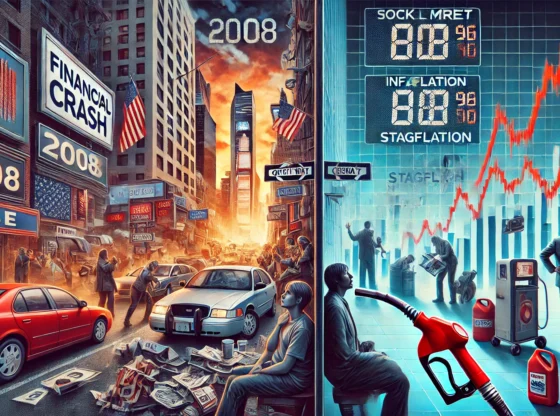

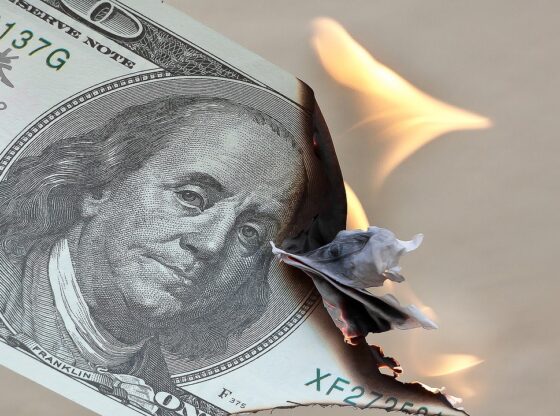

![OpenAI. (2025). ChatGPT [Large language model]. https://chatgpt.com](https://www.illustratedcuriosity.com/files/media/55136/b1b0b614-5b72-486c-901d-ff244549d67a-350x260.webp)
![OpenAI. (2025). ChatGPT [Large language model]. https://chatgpt.com](https://www.illustratedcuriosity.com/files/media/55124/79bc18fa-f616-4951-856f-cc724ad5d497-350x260.webp)
![OpenAI. (2025). ChatGPT [Large language model]. https://chatgpt.com](https://www.illustratedcuriosity.com/files/media/55099/2638a982-b4de-4913-8a1c-1479df352bf3-350x260.webp)








